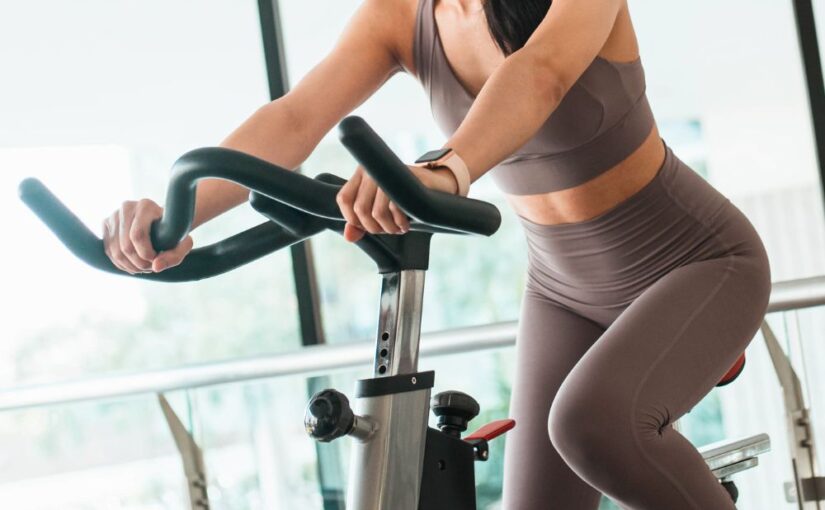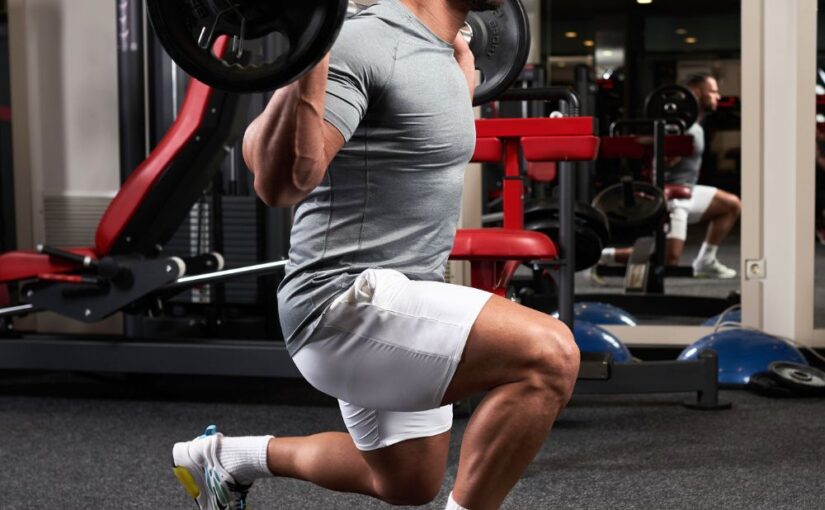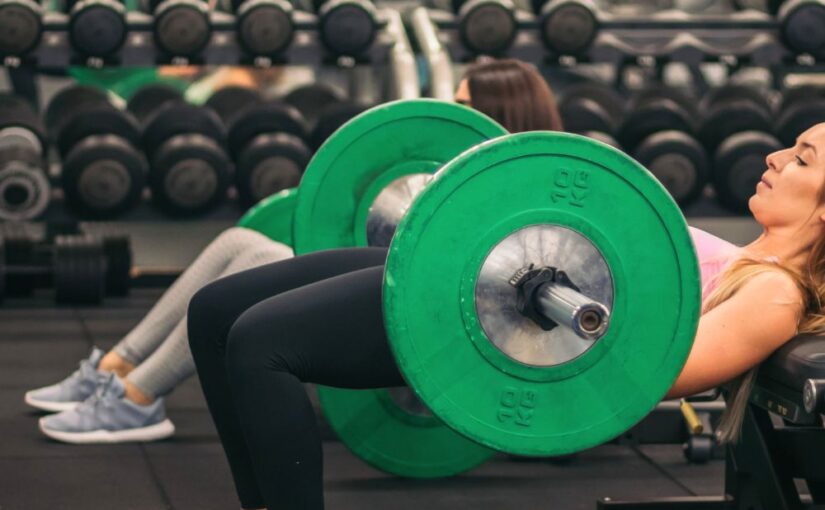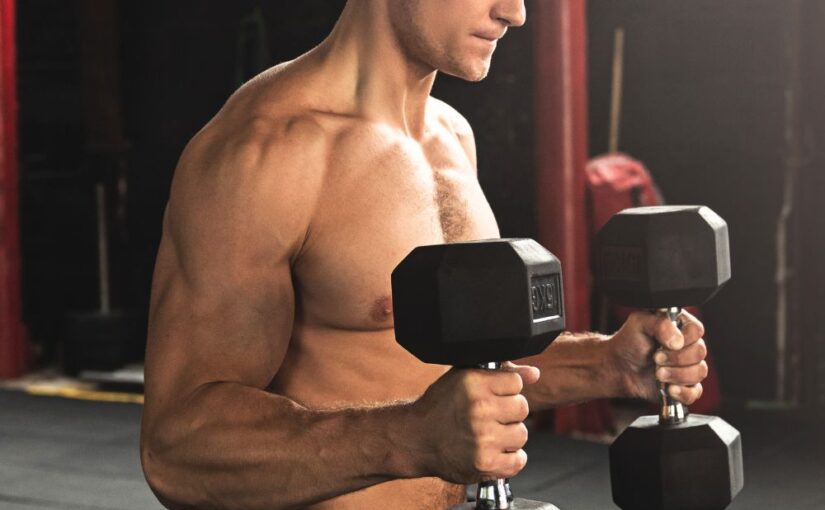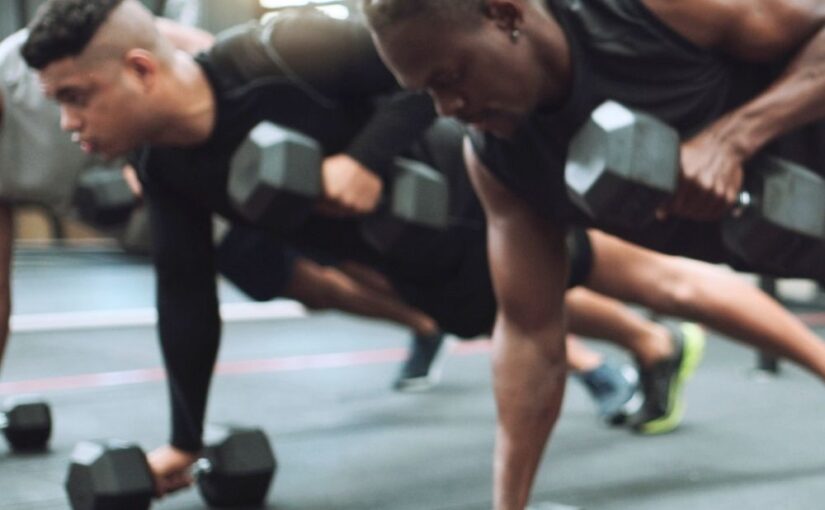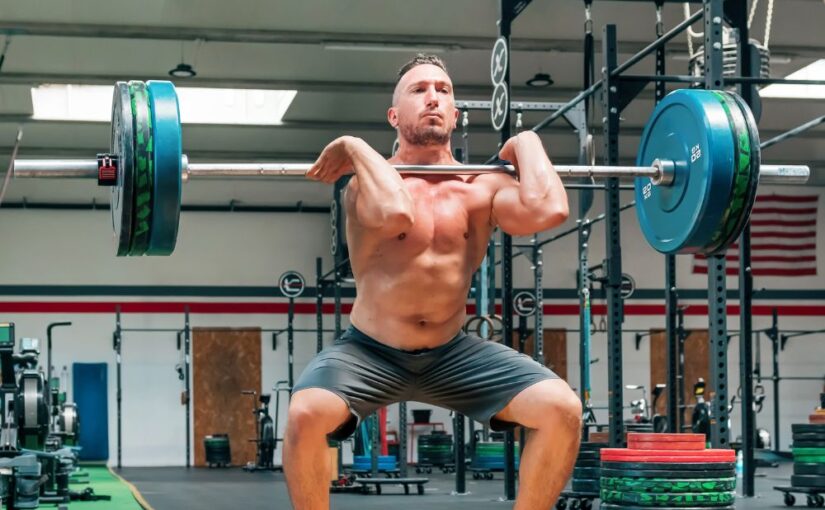When it comes to getting fit, burning calories is often a top priority. Whether your goal is weight loss, improved endurance, or overall health, understanding how your body uses energy during exercise can help you create a more effective workout plan.
So, the question still stands: What Burns the Most Calories—Cardio or Weights?
The answer isn’t as straightforward as it seems. Each form of exercise offers unique benefits, and calorie burn depends on several factors—including intensity, duration, body composition, and fitness level. Let’s explore the science and real-world outcomes of cardio versus weight training when it comes to maximizing calorie burn.
Understanding Calorie Burn
Before diving into cardio and weights, it’s important to understand how calorie burn works. Your body uses energy (calories) for everything—from breathing to digesting food to running a marathon. Exercise increases your energy expenditure, and the harder or longer you work out, the more calories you burn.
Calorie burn during exercise depends on:
- Your weight and muscle mass
- Workout intensity and duration
- Type of exercise
- Post-exercise calorie burn (afterburn or EPOC)
Now, let’s explore how cardio and weight training compare.
Cardio: The Traditional Calorie Burner
Cardiovascular exercise—think running, cycling, swimming, or using the elliptical—is well-known for its ability to burn a high number of calories in a relatively short time. During cardio, your heart rate stays elevated, and your body continuously uses oxygen to fuel movement.
How Many Calories Does Cardio Burn?
Calorie burn can differ, but here are approximate figures for someone weighing 155 pounds:
- Running (6 mph): ~600 calories/hour
- Cycling (moderate effort): ~500 calories/hour
- Jump rope: ~700–900 calories/hour
- Swimming (vigorous): ~700 calories/hour
Generally, upping the speed or intensity of your cardio workout leads to a greater calorie burn. High-intensity interval training (HIIT), a form of cardio, is particularly effective for burning a lot of calories quickly.
Pros of Cardio for Calorie Burn
- Burns more calories during the workout
- Great for heart health and endurance
- Accessible and easy to scale
- Requires little or no equipment
However, cardio has a shorter afterburn effect (excess post-exercise oxygen consumption, or EPOC) compared to weight training. That means your calorie burn drops quickly once the session ends—unless it’s a very intense workout like HIIT.
Weight Training: The Long-Term Calorie Burn Strategy
Weight or resistance training builds muscle, increases strength, and improves metabolic health. While it may not burn as many calories during the actual workout compared to cardio, it has long-term metabolic benefits.
How Many Calories Does Weight Training Burn?
Again, for a 155-pound person:
- Moderate weightlifting: ~200–300 calories/hour
- High-intensity strength training (with minimal rest): ~400–500 calories/hour
While this is less than cardio, weight training contributes to calorie burn in other significant ways.
The Afterburn Effect (EPOC)
One of the biggest calorie-burning benefits of weight training is EPOC, which can keep your metabolism elevated for up to 24–48 hours post-workout. This means you continue burning more calories after you leave the gym, especially if the workout is intense.
Muscle Increases Your Resting Metabolism
Muscle, unlike fat, is a metabolically active tissue that burns more calories during rest. The more muscle mass you have, the more calories your body needs to keep itself, even when you’re sitting or resting.
Pros of Weight Training for Calorie Burn
- Increases muscle mass, which boosts resting metabolism
- Stronger EPOC/afterburn effect
- Builds long-term, sustainable fat-burning capability
- Enhances strength and injury prevention
The Ideal Combination: Why You Can Benefit from Both
While the question “What burns the most calories: cardio or weights?” is a legitimate one, the most effective approach could be combining both. Each form of exercise offers distinct benefits, and together, they create a synergistic effect.
Here’s how combining them helps:
- Cardio gives you quick calorie burn and improves heart health.
- Weight training increases lean muscle mass and boosts your resting metabolism.
- Together, they enhance fat loss, muscle tone, endurance, and strength.
Sample Weekly Workout Plan
| Day | Workout Type |
|---|---|
| Monday | Full-body strength training |
| Tuesday | 30–45 minutes moderate cardio |
| Wednesday | HIIT session (20–30 minutes) |
| Thursday | Rest or light activity (walking/yoga) |
| Friday | Strength training (upper or lower body focus) |
| Saturday | Long cardio (bike ride, hike, or run) |
| Sunday | Active recovery or rest |
This balanced approach targets calorie burn during workouts and promotes long-term fat loss and health gains.
So, What’s Better for Burning Calories?
If you’re strictly comparing calories burned per session, cardio usually wins. But if you’re looking for sustained calorie burn, body recomposition, and long-term metabolism boost, weight training has a significant edge.
Final Verdict:
- For immediate calorie burn: Cardio comes out on top.
- For long-term fat burning and metabolism: Weight training is more powerful.
- Best overall strategy: Combine both for maximum results.
Conclusion
The debate of “What burns the most calories: cardio or weights?” is not only about the numbers—it also depends on your goals, preferences, and your long-term commitment to staying healthy. Cardio and weight training both offer unique benefits that contribute to a stronger, fitter body. Instead of choosing one, the smartest approach is to blend both into your weekly routine.
Whether you’re hitting the treadmill or lifting weights, consistency is what truly burns the most calories over time.
Frequently Asked Questions (FAQ)
Cardio typically burns more calories during a single workout, especially high-intensity exercises like running or jumping rope.
Yes, weight training creates an afterburn effect (EPOC), which boosts your metabolism and calorie burn for up to 48 hours post-workout.
Absolutely. Combining both helps maximize calorie burn, build lean muscle, and boost your resting metabolic rate for better long-term results.
Cardio helps with quicker calorie burn, but weight training supports long-term fat loss by increasing muscle and metabolism. Both are important.
Aim for 2–3 weight training sessions and 2–4 cardio sessions weekly, depending on your goals, fitness level, and recovery needs.
Recommended Equipment for Cardio and Strength Training
If you’re building a home gym or looking to upgrade your workout gear, here are some essential items often used for both cardio and weight training routines.
Treadmills – Ideal for indoor cardio workouts like walking, jogging, or interval running.
Ellipticals – A low-impact cardio option that’s easy on the joints while still providing a full-body workout.
Barbell Sets – Great for compound lifts like squats, deadlifts, and presses to build total-body strength.
Adjustable Dumbbells – Space-saving and versatile for all types of strength exercises, from curls to lunges.
Adjustable Weight Benches – Useful for a variety of strength training movements, including presses, rows, and core work.
Affiliate Disclaimer
The links above are affiliate links, meaning we may earn a small commission if you make a purchase through them, at no extra cost to you.


